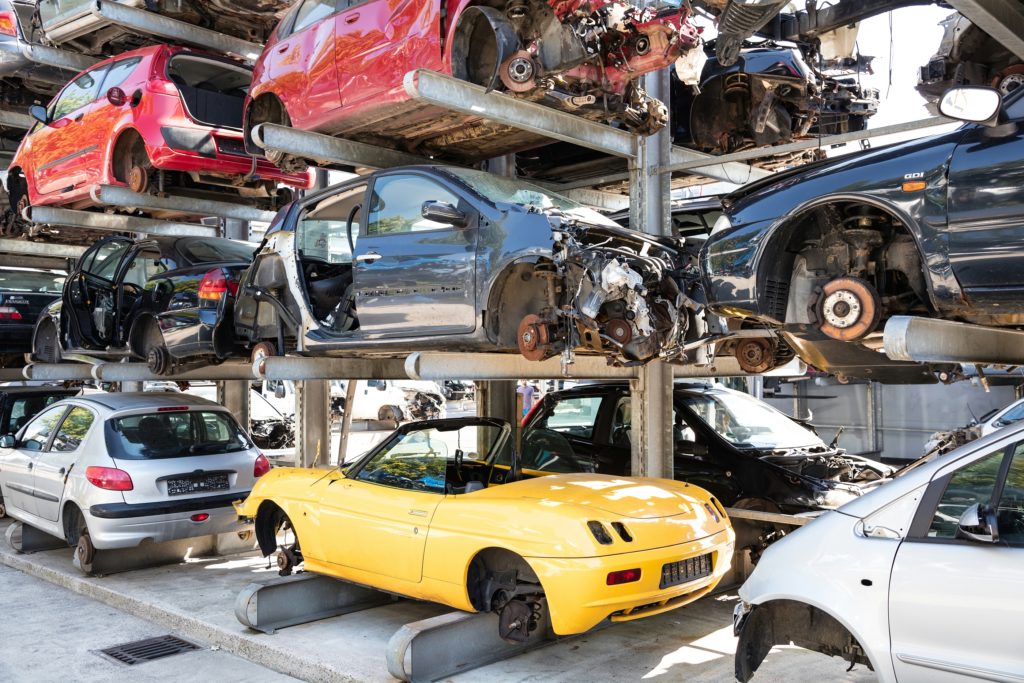Exploring the World of Car Junk Yards: A Comprehensive Guide

Car junk yards, also known as auto salvage yards or scrapyards, are fascinating places that serve an important role in the life cycle of vehicles. These yards act as the final destination for cars that have reached the end of their serviceable lives, providing a space to salvage usable parts and recycle materials. While the concept may seem straightforward, the world of car junk yards is complex and sometimes misunderstood. This website provides an exploration of the car junkyard world, offering insights into its functions and benefits, and how to navigate them efficiently.
Understanding Car Junk Yards
Car junk yards are facilities where end-of-life vehicles are collected, disassembled, and processed for various purposes. The primary functions of these yards include salvaging and selling usable parts, recycling materials, and properly disposing of hazardous substances. End-of-life vehicles that are no longer roadworthy due to damage, age, or mechanical issues find their way to these yards, contributing to the reduction of waste and the promotion of environmental sustainability.
1. The Salvaging Process
One of the primary activities in car junkyards is salvaging. Skilled technicians carefully extract usable components from vehicles that have been deemed unfit for road use. These components include engines, transmissions, headlights, taillights, doors, mirrors, and more. Salvaging usable parts not only provides a cost-effective alternative for vehicle owners but also contributes to reducing the demand for new manufacturing, thereby lessening the environmental impact.
2. Recycling for Sustainability
Car junkyards are champions of recycling. Many parts of vehicles, such as metals, plastics, and glass, can be recycled to create new products. Metal components, in particular, are valuable resources that can be melted down and repurposed for various industries. By participating in recycling, car junk yards play a significant role in conserving natural resources and minimizing the strain on landfills.
3. Environmental Responsibility
Environmental regulations and guidelines govern the operations of car junk yards to ensure proper handling and disposal of hazardous materials. This includes draining fluids such as oil, coolant, and transmission fluid from vehicles before recycling. Responsible disposal of these fluids prevents contamination of soil and water sources, further underscoring the role of car junk yards in environmental stewardship.
4. Benefits of Car Junk Yards
Car junk yards offer benefits to various stakeholders, including vehicle owners, mechanics, and the environment. For vehicle owners facing repair costs that exceed the value of their cars, junk yards provide an avenue to sell their vehicles and recoup some value. Mechanics and car enthusiasts also benefit by obtaining affordable replacement parts for repairs and restoration projects.
5. Navigating Car Junk Yards: A Guide
If you’re considering a trip to a car junkyard, here’s how to navigate the experience effectively:
- Research: Begin by researching junk yards in your area. Online search engines, directories, and recommendations from friends can help you compile a list of potential options.
- Contact: Reach out to the junk yards on your list to inquire about their services, inventory, and operating hours. Gathering this information beforehand will save you time and effort.
- Visit: A visit to the yard will provide a firsthand look at their operations and inventory. Respect the rules and guidelines set by the yard, including safety precautions.
- Inspect Parts: Carefully inspect the parts you’re interested in before purchasing. Some yards may offer warranties for certain components, so be sure to inquire about this option.
- Negotiate: Many junk yards are open to negotiation, especially if you’re purchasing multiple parts. Don’t hesitate to inquire about discounts or deals.
- Bring Tools: If you’re looking to remove parts yourself, bring the necessary tools. Keep safety in mind and follow any guidelines provided by the yard.
6. Ethical Considerations
When visiting car junk yards, it’s important to respect their rules and guidelines. Remember that while you’re searching for usable parts, these yards also operate as businesses. Avoid causing damage or unnecessary disturbance on the premises.
7. Environmental Impact
By utilizing the services of car junk yards, you’re indirectly contributing to environmental conservation. The recycling and salvaging processes help reduce the demand for new manufacturing and prevent the buildup of waste in landfills.
8. Responsible Disposal
If you’re unable to find the parts you need, inquire about the yard’s procedures for the proper disposal of old car parts. Some yards offer recycling options for non-usable materials, ensuring they are processed in an environmentally responsible manner.
In conclusion, car junk yards are more than just places where old vehicles go to retire. They represent a crucial nexus of salvaging, recycling, and environmental responsibility. By understanding the functions and benefits of these yards, you can make informed decisions when seeking replacement parts or disposing of end-of-life vehicles. The world of car junk yards is a complex and multifaceted one, contributing significantly to the sustainability of the automotive industry and the planet as a whole.






